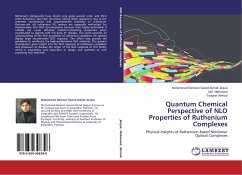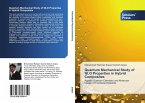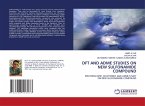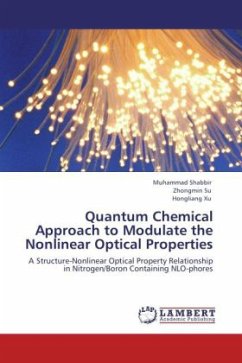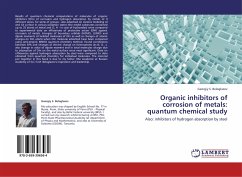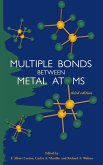Ruthenium compounds have shown very good second order and third order behaviour. Very high non-linear optical (NLO) response is due to the extensive coordination and organometallic chemistry of ruthenium. Electron-rich d6 ruthenium (II) centres are especially well-suited for incorporation into NLO chromophores because their highly polarizable d orbitals can cause effective pi-electron-donating properties when coordinated to ligands with low-lying pi orbitals. This work provides an understanding of the NLO properties of ruthenium complexes. All systems display large second-order NLO response. This effort may provide the guidelines to synthesize the high-performance NLO materials. The present investigation gives insight into the NLO response of ruthenium complexes and endeavors to disclose the origin of the NLO response of this family, which is interesting and important in design and synthesis of new promising NLO materials.
Bitte wählen Sie Ihr Anliegen aus.
Rechnungen
Retourenschein anfordern
Bestellstatus
Storno

